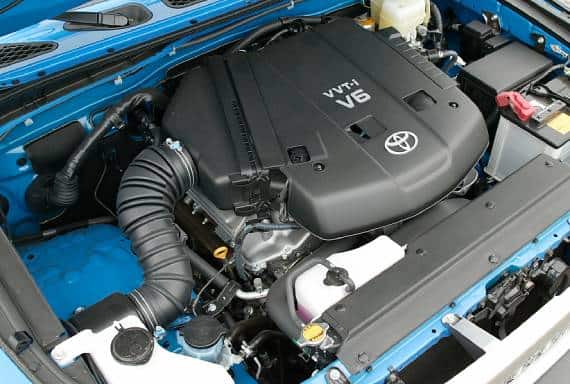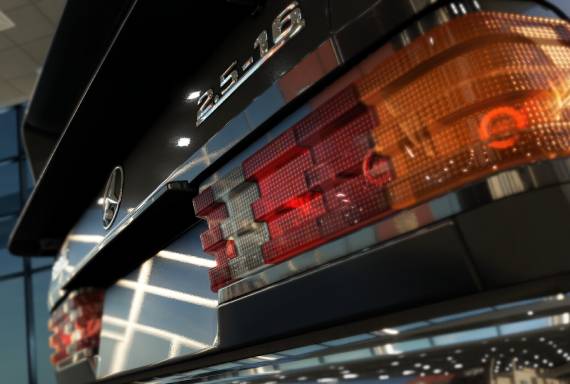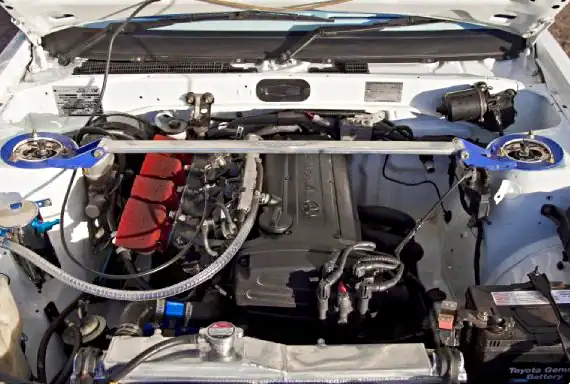Ultimate NOx Sensors Guide
With emissions laws forcing modern vehicles to become more complicated than ever, many owners are looking to repair or replace their NOx sensors. But what are they, and what are your options if they fail? Keep reading to find out!
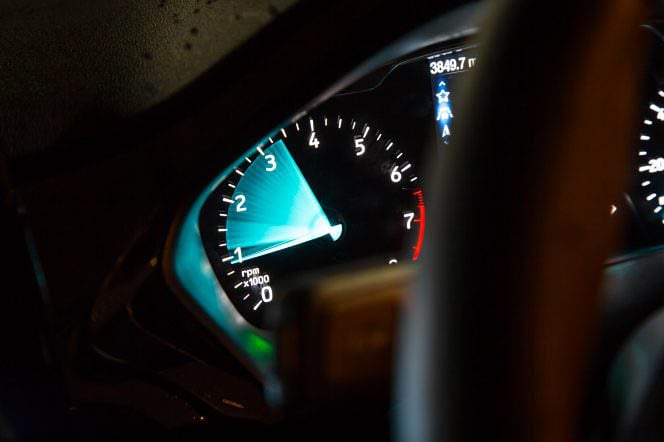
- What Is A NOx Sensor?
- NOx Sensor Problems
- NOx Sensor Failure Symptoms
- Why Do NOx Sensors Fail?
- Replacing A NOx Sensor
- Are NOx Sensors Covered Under Warranty?
- Conclusion
Introduction
After many incredibly significant breakthroughs in modern-day motoring, manufacturers can now produce engines that are more economical and efficient than ever before.
While this is undoubtedly fantastic for the environment alongside producing silky-smooth daily motoring, it often presents some unfortunate side-effects for owners.
Those of us aging a little quicker than we’d like to be will remember how simple the old-school cars were.
A simple printed manual and a small box of tools were just about all that was once required to fix just about any problem that surfaced in your car, and before you knew it, you were back on the road in no time.
However, when you lift the hood on most modern cars, it’s likely to be a different story. Sure, the fancy plastic covers are significantly more pleasing to the eye than the oil-covered cable-ridden engines of old, but your shiny new bay is likely to laugh when you begin trying to resolve your issues with your basic tool kit.
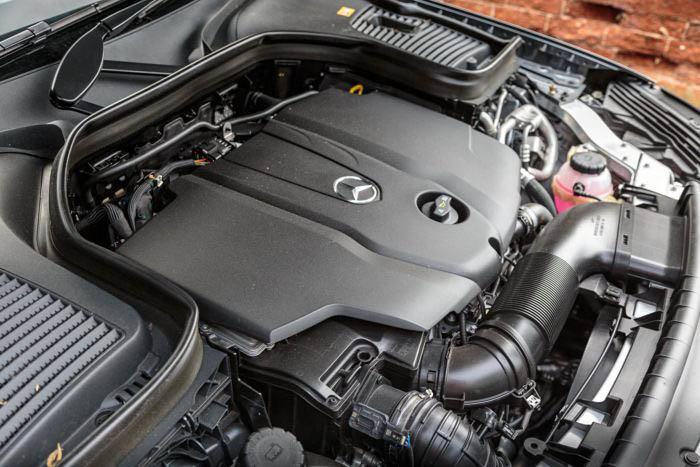
Modern interiors provide every gadget and gizmo imaginable that’ll allow you to achieve the ultimate comfort on your long journey, and it’s the same story under the hood, too.
Problems that were once solvable with nuts, bolts, and a spanner are a distant memory, as on-board diagnostics have become the new norm.
Issues are now more likely to require a computer, a scanner, and a whole heap of in-depth knowledge to diagnose and repair.
With the onboard computers and sensors controlling just about every aspect of how your vehicle runs and behaves, it’ll come as no surprise that they eventually require some attention.
Unfortunately, NOx, or Nitrogen Oxide Sensors, are certainly no exception.
What Is A NOx Sensor?
The NOx sensor is a device/component which measures the levels of nitrogen emitted from your vehicle.
NOx sensors are just one of the components that comprise the NOx reduction after-treatment system, which is responsible for reducing harmful exhaust gases and protecting the environment in diesel vehicles with urea-based SCR systems (Selective Catalytic Reduction).
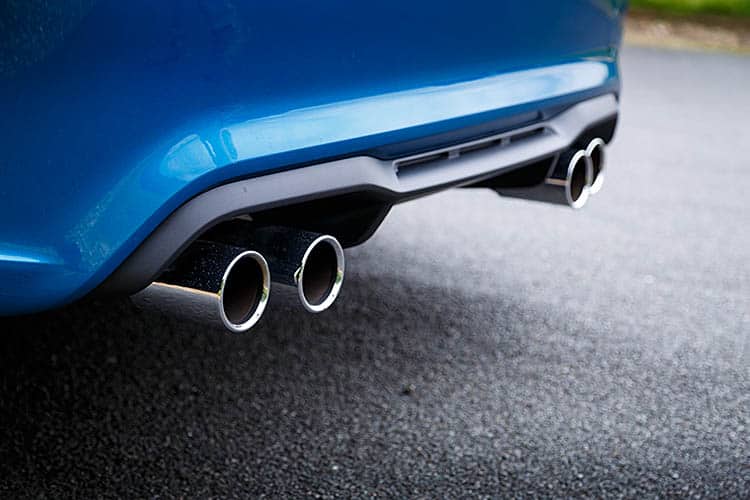
Depending on the vehicle’s make and model, the components present can vary. A typical system would comprise a turbocharger, a DPF, and an SCR catalyst – with the NOx sensor sitting upstream from the catalyst.
More than one NOx sensor may be present in some vehicles, featuring both an upstream and downstream NOx sensor.
With this assembly, the first sensor is installed near the turbo downpipe, which measures the engine-output NOx, with the second sensor measuring the NOx emissions exiting the SCR assembly.
What Does A NOx Sensor Do?
As engine emission regulations become more stringent than ever, the NOx (Nitrous Oxide) sensor’s role is to analyze the emissions and determine nitrogen oxide quantities released into the environment.
The NOx sensor works by detecting the level of nitrogen oxide in the exhaust stream via an electro-catalytic mechanism, with a material that reacts with nitrogen oxides.
A voltage passed through an electrolyte can assess how much NOx is present, with the more substantial voltage representing a more significant NOx level.
Suppose the NOx sensor detects that there incorrect amount of NOx produced. In that case, it will transmit the information to the SCR system, which will then adjust the output to allow the vehicle to conform to emissions regulations.
For this reason, the NOx sensor is vital for the SCR system in cars with diesel engines to ensure that the vehicle continues to conform to the emissions standards required.
For those looking for an in-depth explanation, we highly recommend looking at this excellent video from ADPTraining.
Is A NOx Sensor Necessary?
Unfortunately, yes. The NOx sensor is responsible for measuring the vehicles’ NOx levels produced following the combustion cycle.
Its role is to monitor and observe the catalyst’s performance to ensure that the system isn’t producing excess gases.
Not only could this be harmful to the environment, but your vehicle will also fail on emissions when it comes to annual testing time.
With the government rules worldwide becoming increasingly strict regarding vehicle exhaust gas emissions, the new Euro 6 norms that affect all modern diesel cars and light-duty diesel passenger trucks in Europe wouldn’t be possible without including the NOx sensor.
NOx Sensor Problems
As with many electronic components that serve such a significant purpose, NOx sensors, unfortunately, have a limited lifespan, which means that you’ll need to expect to change them at some point during vehicle ownership.
Once the NOx sensor stops emitting a signal within a specific bandwidth, it will flag up an error within your ECU (Engine Control Unit), which is likely to cause the vehicle to go into ‘Limp Mode’, otherwise known as ‘Emergency Mode’.
Most times, this will be immediately obvious due to the illumination of your ‘Engine Warning’ light in the dashboard cluster, along with symptoms such as unstable idle, juddering/jerking while driving, and excessive fuel consumption.
In most cases, you can expect it all to be rather dramatic, and it’s at this point that a broken NOx sensor should be a consideration.
NOx Sensor Failure Symptoms
As with most issues, a NOx sensor isn’t going to provide a prior warning before its imminent failure, but thankfully it’s often convenient to get a conclusive answer as to whether you have got a bad NOx sensor.
Engine Warning Light Illumination
When the NOx Sensor (alongside many other potential issues) fails, your ‘Engine Warning Light’ should illuminate in your instrument cluster to warn you there’s an issue. In some cases, you may have more than one light.
Since the NOx sensor is detrimental to your vehicle’s maintenance, we highly recommended getting the issue looked into right away.

Since you’re most likely not going to be able to visually see any issues with your NOx sensor, even once removed, your best chances are to scan the vehicle’s ECU for error codes as a first step to find where the problem lies.
For those of you that have an OBD engine code scanner, you should be able to detect whether it’s the NOx sensor causing your issues with an onboard diagnostic reading from home. Alternatively, your local friendly garage will also be able to help.
One of the downsides of reading engine fault codes is that the code may relate to several potential issues.
For instance, you’re likely to have the ‘P2200’ code flag up on BMW vehicles, but this could relate to several potential problems. These common causes of failure can be any of the following:
- Coolant temperature sensor
- Leak in the exhaust system
- Mass air-flow sensor
- Oxygen sensor
Likewise, things are much the same for other brands, such as A0009053603 on Mercedes-Benz vehicles, which is also associated with many potential issues.
Increased Fuel Consumption
Another indication that may help narrow down whether it’s likely to be the NOx sensor would be from excessive fuel consumption.
Since the ECU requires the NOx sensor data and information, when the NOx sensor no longer operates as intended, the ECU is unsure how much fuel to provide to the engine.
Without accurate feedback provided by the NOx sensor, the ECU provides an incorrect fuel mixture and air-to-fuel ratio.
Jerkiness, Misifiring and Erratic/Unstable Idle
When the NOx sensor has failed, the ECU can no longer determine how much fuel the injectors should spray inside the chamber.
In turn, the injectors begin surging or sporadically starving the engine since the ECU is incapable of determining the optimal quantities required.
When this issue arises, your car may sometimes be attempting to ‘rev’ the engine, even without your foot touching the throttle.
In other cases, the ECU panics and typically activates the ‘Limp Mode’ or ‘Emergency Mode’, which will see your car or truck begin to behave erratically due to running a rich fuel mixture to preserve the engine alongside attempting to maximize the (minimal) remaining performance.
We would expect these symptoms to typically activate the ‘Engine Warning Light’ right away, but it may provide an additional clue that it’s likely to be the NOx sensor at fault.
As you may have guessed, any of these three NOx sensor symptoms aren’t going to be doing any favors for the longevity of your engine, so we highly recommend that you get your ECU scanned as soon as possible should they arise.
Why Do NOx Sensors Fail?
Given their location, it will come as no surprise that soot buildup on the sensor is one of the most common reasons for failure.
It’s also not unheard of that damaged cables due to the exhaust heat can be the root cause of the issue, and in this case, it should be visually apparent where the problem lies.
Sometimes it’s not the actual NOx sensor itself that fails, but rather the internal probe used to determine the NOx levels has generated a fault.
Given that it’s a general wear-and-tear item that you should need to expect to replace eventually, there are many potential reasons for NOx sensor failure.
How Do You Clean a NOx Sensor?
Many owners have had success with using the following cleaning method, which is well worth trying (at your own risk) for the sake of a few bucks.
Although this won’t always prove successful, it’s worth giving a shot before you begin digging deeper, especially if you’re unfortunate enough to have crazy-expensive NOx Sensors on your vehicle.
Can NOx Sensors Be Repaired?
If the cleaning method above didn’t solve the problem, another alternative to consider is whether it’s worthwhile to repair, rather than replace, the NOx Sensor.
Although it’s often not easy to pinpoint precisely where the issue lies to be sure it’ll resolve the problem, you’re able to replace a faulty sensor probe with some wiring knowledge using various guides online.
However, we’d recommend either getting someone to do it for you or just purchasing a new off-the-shelf sensor to save the inconvenience for those that lack experience when it comes to wiring, especially if you’re not positive that it’s the cause of the issue.
Replacing A NOx Sensor
Although the cleaning and repairing options above work for many, it’s often easier to swap out the NOx Sensor(s) for a brand-new replacement for peace of mind that the problem is resolved.
Prices for NOx Sensors can vary wildly depending on the make and model of your vehicle, as well as whether you opt for a factory or aftermarket part.
It’s not unheard of that the bill for replacing NOx Sensors can reach four-figures, and considering that this is a high-failure part, it’s certainly worth weighing up your options when deciding which solution is best for you.
Fitting Refurbished NOx Sensors
Given that NOx Sensors can sometimes come with a hefty price tag, it’s not unusual that owners will opt for refurbished sensors, which can often come in around 1.5 times cheaper than a brand new part.
While we understand the appeal of saving the cost, these are likely to have had the sensor probe swap we spoke about above carried out.
As always, the downside of purchasing a refurbished part, especially when it’s something as temperamental as a NOx sensor, could well go wrong again shortly after. For that reason, we’d highly recommend ensuring that it comes with a worthwhile warranty.
Fitting New NOX Sensors
Although they can sometimes come with an eye-watering price tag, your best bet is to replace your faulty NOx Sensor with a brand new replacement that comes with the most extended warranty you can find.
Main dealers are often likely to offer the best warranties better compliance with your ride, but we would also expect them to come up with the highest price tag.
Thankfully, once you’ve fitted your shiny new NOx sensor, we wouldn’t expect to have to deal with them again for quite some time, if ever again.
Are NOx Sensors Covered Under Warranty?
Given how frequently NOx sensors can go wrong, it comes as no surprise that many are hoping that they’ll be covered under their existing warranty.
For those who have purchased your vehicle from new, manufacturer warranties for the NOx sensor can vary immensely, with the typical warranty periods ranging from around five to ten years. There may also be a mileage limit to consider.

If the car is under ten years old, we recommend going through past service information and speaking to the dealership to ensure that the sensors aren’t covered.
For example, some BMWs are covered by a ten year/120,000 mile NOx sensor warranty, which will come as welcome news to many.
Additional Warranty
If your manufacturer’s cover has expired, then it’s well worth taking out a warranty that will cover any parts that may need replacing, including NOx sensors and the catalytic converter, with the latter being highly expensive to replace due to it containing precious metals like platinum and palladium.
Olive, a company based in Walnut Creek, CA, has provided comprehensive vehicle warranties for almost fifteen years and includes one of the most advanced end-to-end mechanical breakdown coverages available.
The best part is that you’re able to get a fully-customizable quote online in a matter of seconds without the inconvenience of getting robocalled and hassled by salespeople.
Suppose your vehicle is less than 12 years old, with less than 140,000 miles on the clock. In that case, you’ll be able to take advantage of their incredible warranty plans. We recommend their ‘Complete Care’ package, covering any emissions-related issues for ultimate peace of mind.
Conclusion
Modern-day motoring can often be far more complicated than we’d like, and no-one enjoys having to part with their hard-earned cash when issues such as a faulty NOx sensor arrive.
We’ve provided several solutions to help you choose which option will be best for your needs, from refurbishing, replacing, right the way through to ensuring you’ve got yourself covered for any inconveniences that may arise.

So, there we have it! We hope that we’ve covered everything you could want to know about NOx Sensors in this guide.
If we’ve failed to cover anything you’d like to know more about when it comes to NOx sensors, then don’t hesitate to drop us a line.
For those of you looking for some free games to enjoy, make sure you head over and check out our Drifted Arcade.
If you’re looking to get the most out of what your ride has to offer, why not take a look at our comprehensive tuning guides?
Are you interested in absorbing more in-depth car-related knowledge? We’ve got a vast selection of Car Guides and Engine Guides.
For those interested in checking out the world of drifting, our Beginner Guides give the perfect introduction to the sport, and our gaming guides will provide the opportunity to enjoy what it has to offer from the comfort of your own home!
Thank you for reading our Importance of NOx Sensors guide.
If you enjoyed this article, please share it with the buttons at the bottom of your screen. If you’ve found this information useful, then please take a moment to share it with other automotive enthusiasts who will benefit. We appreciate your support.
Photography credits
We thank the following entities for the use of their photography in this article:







